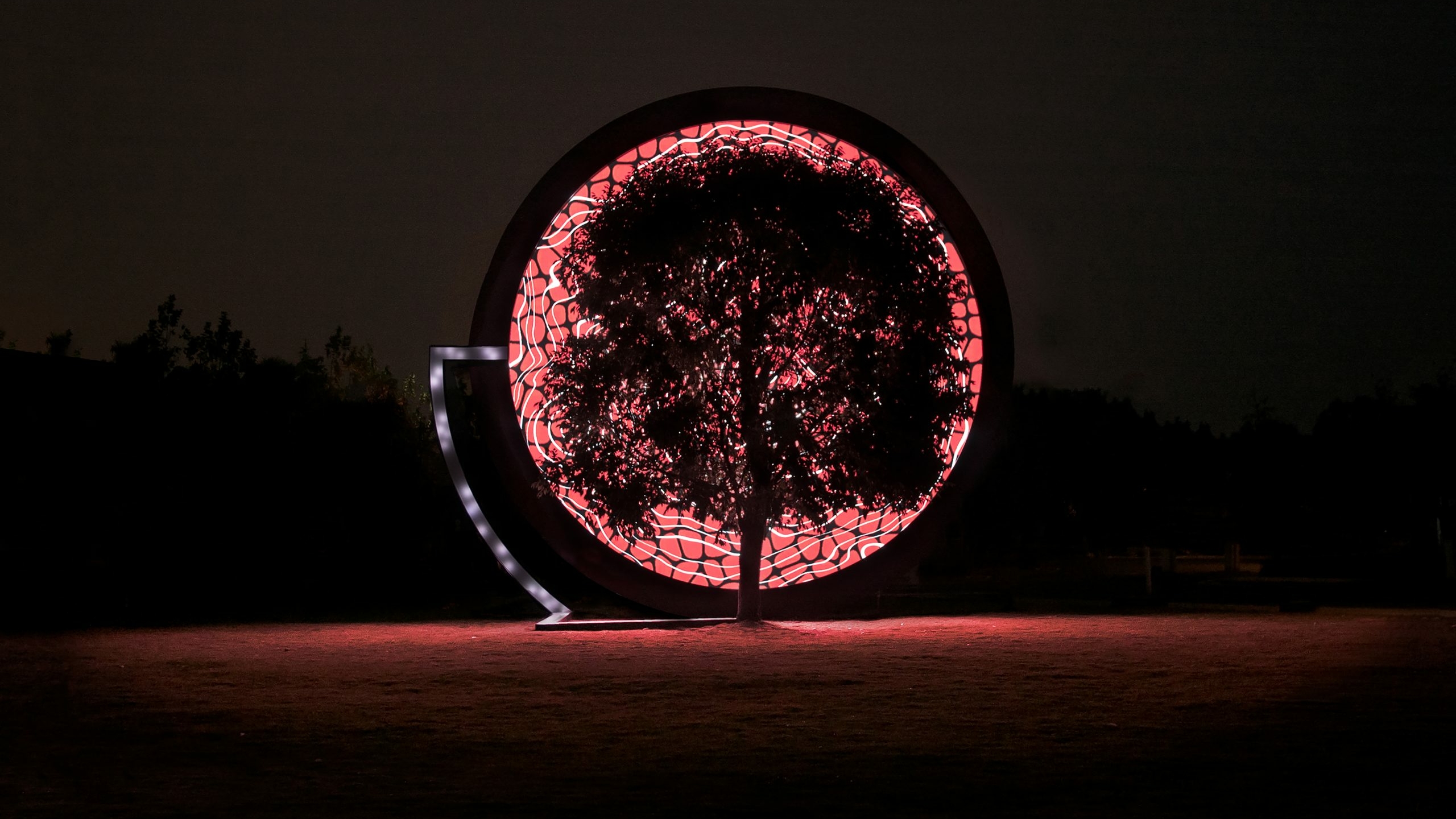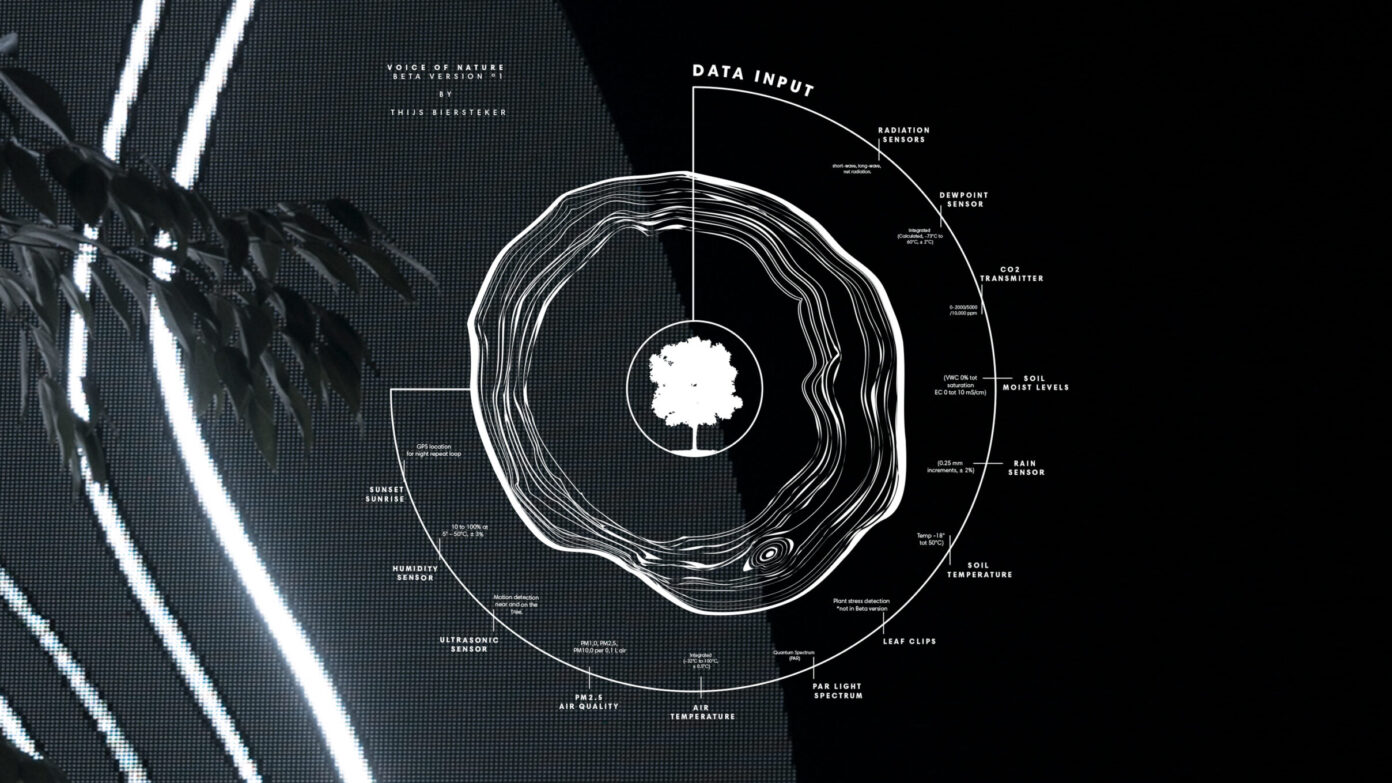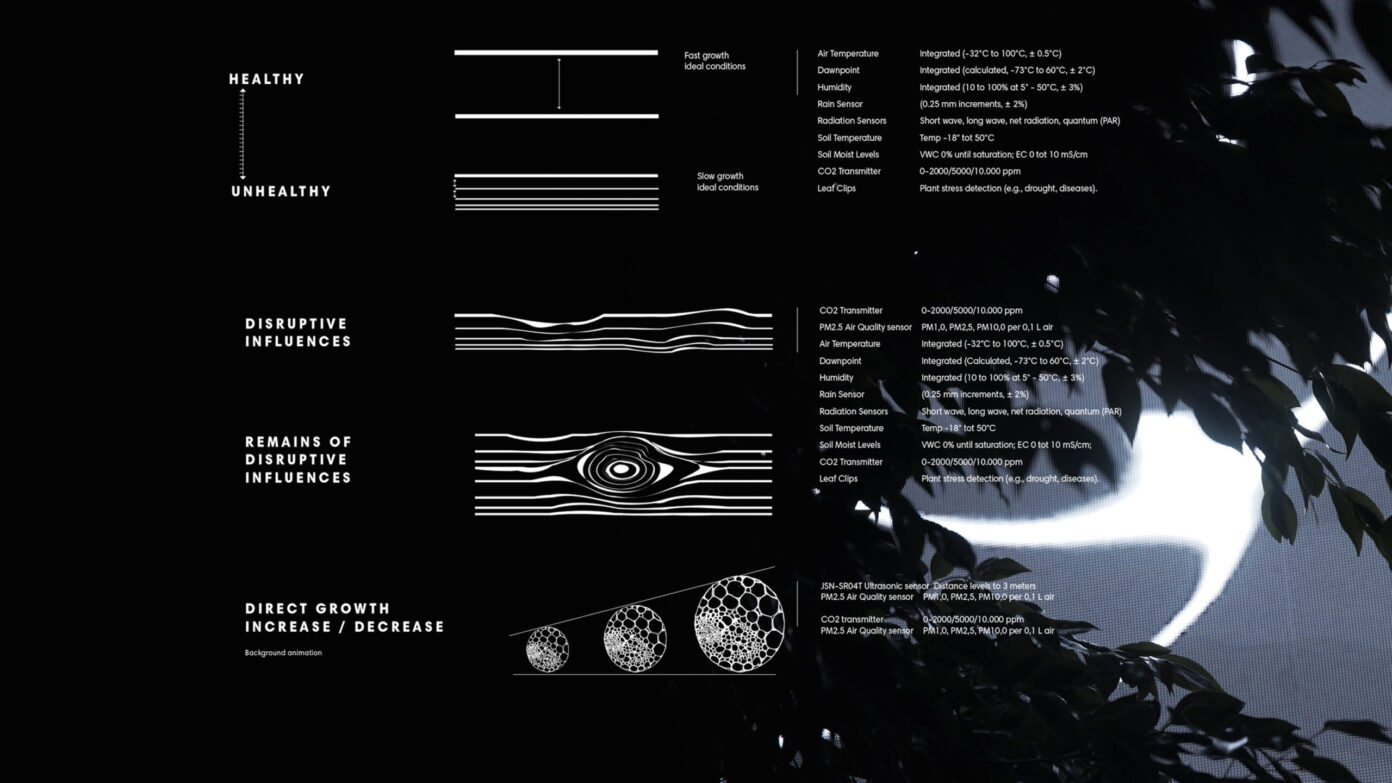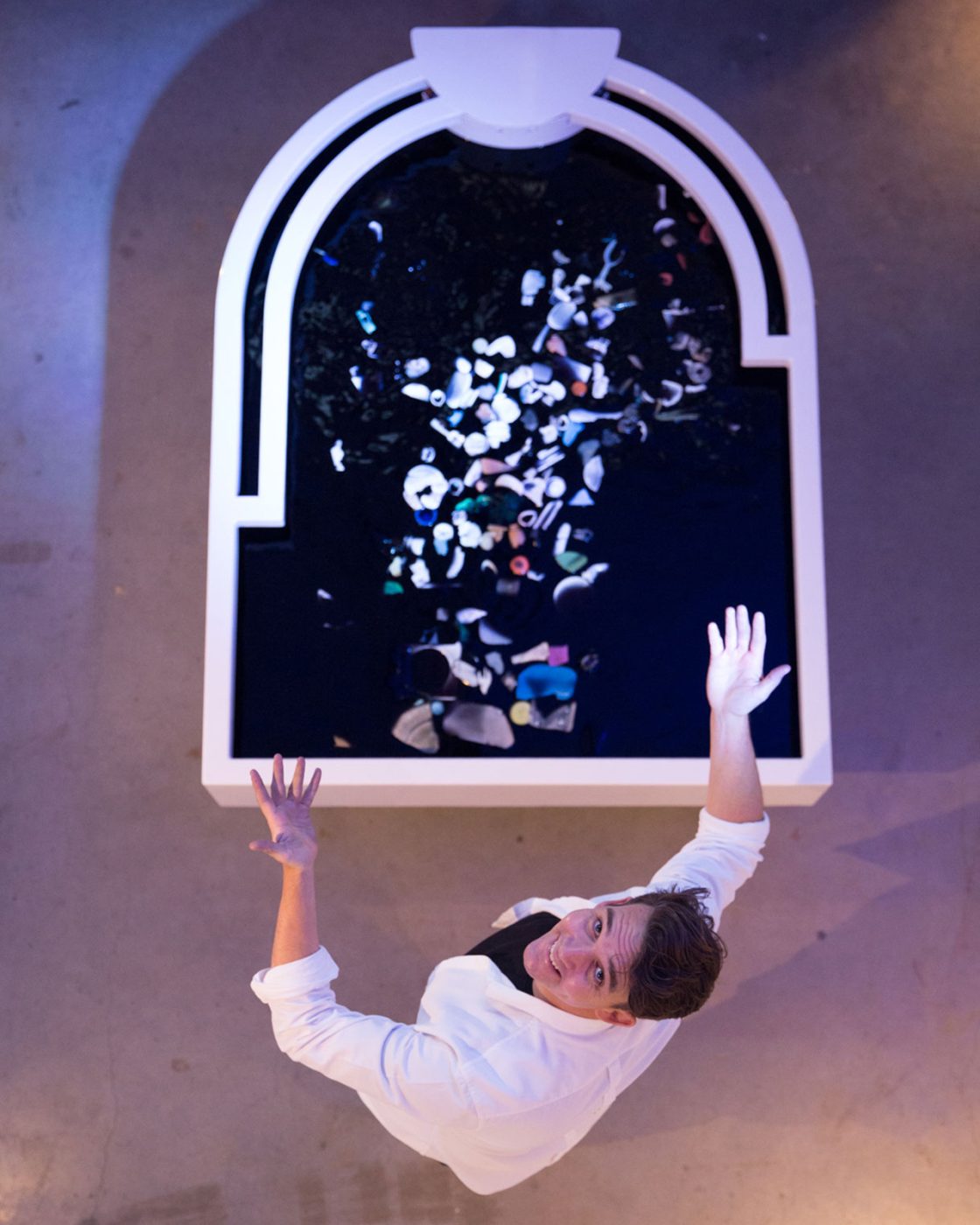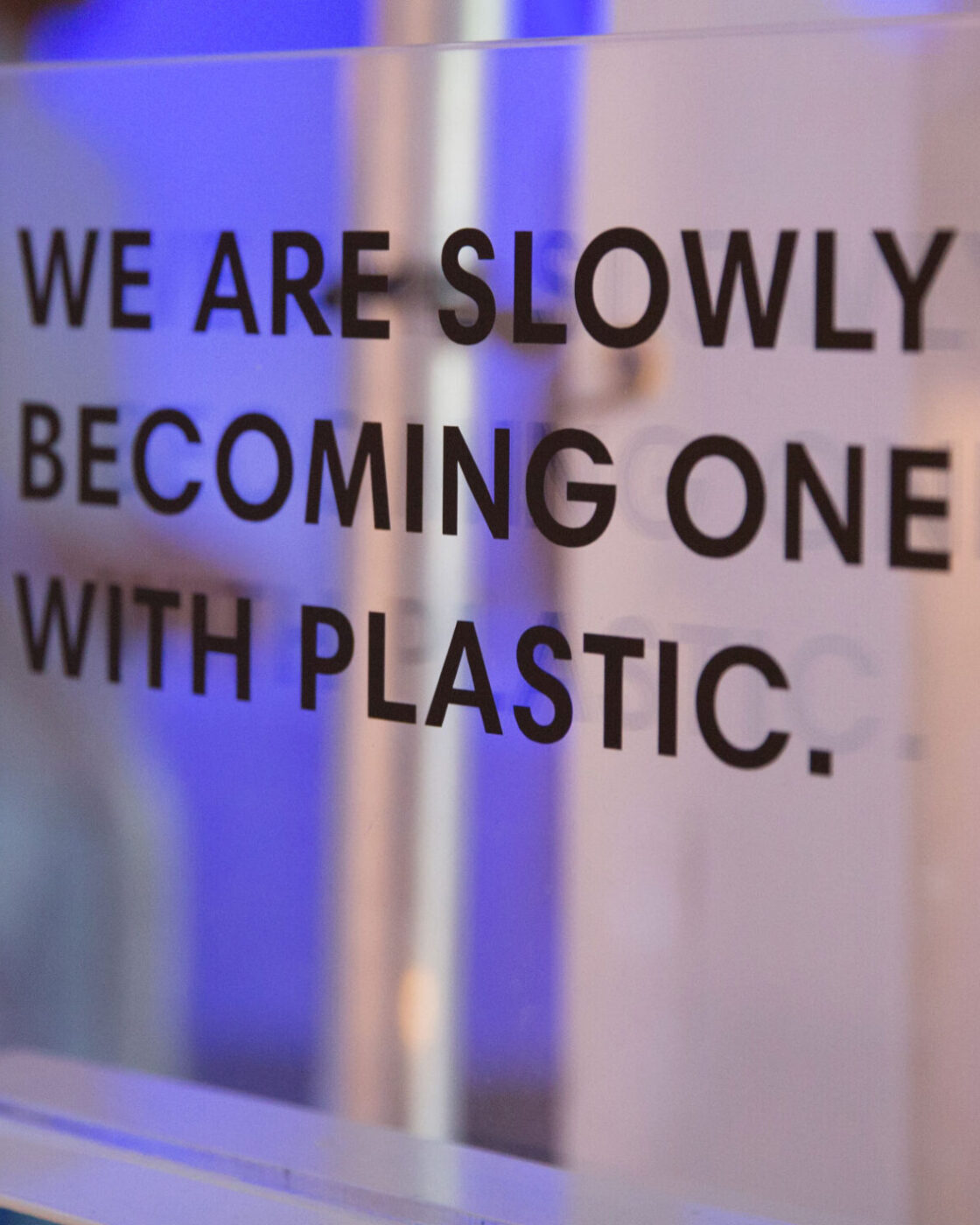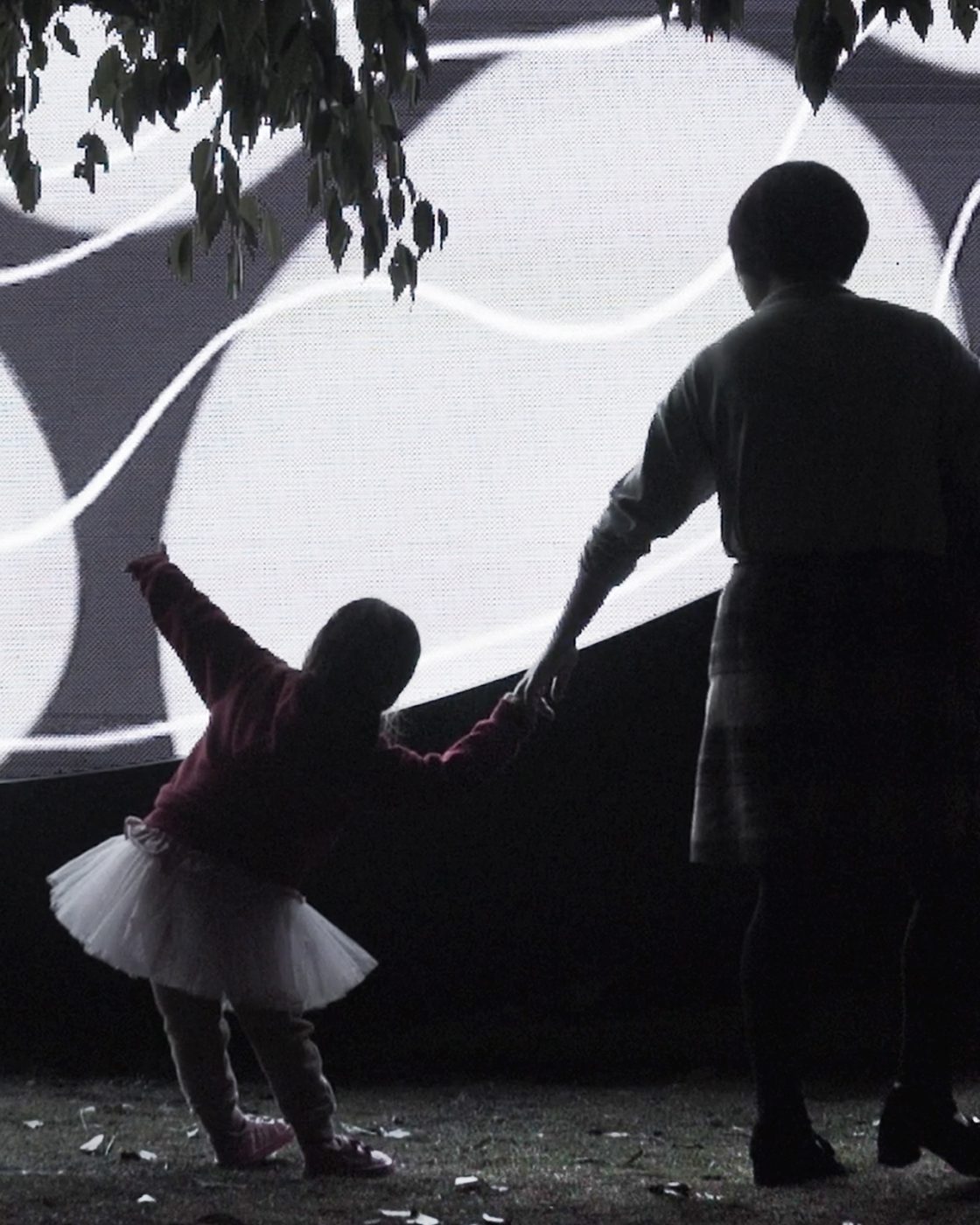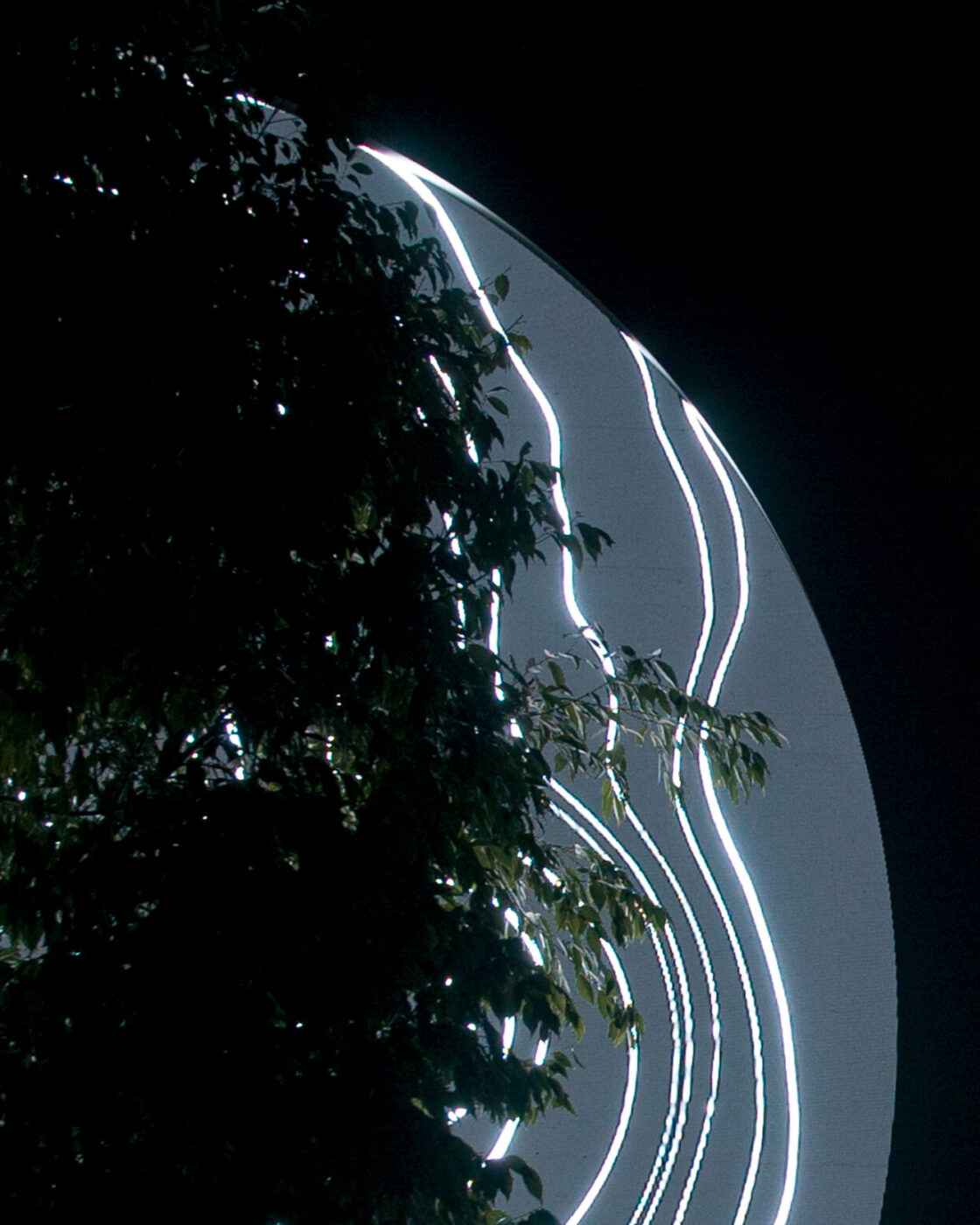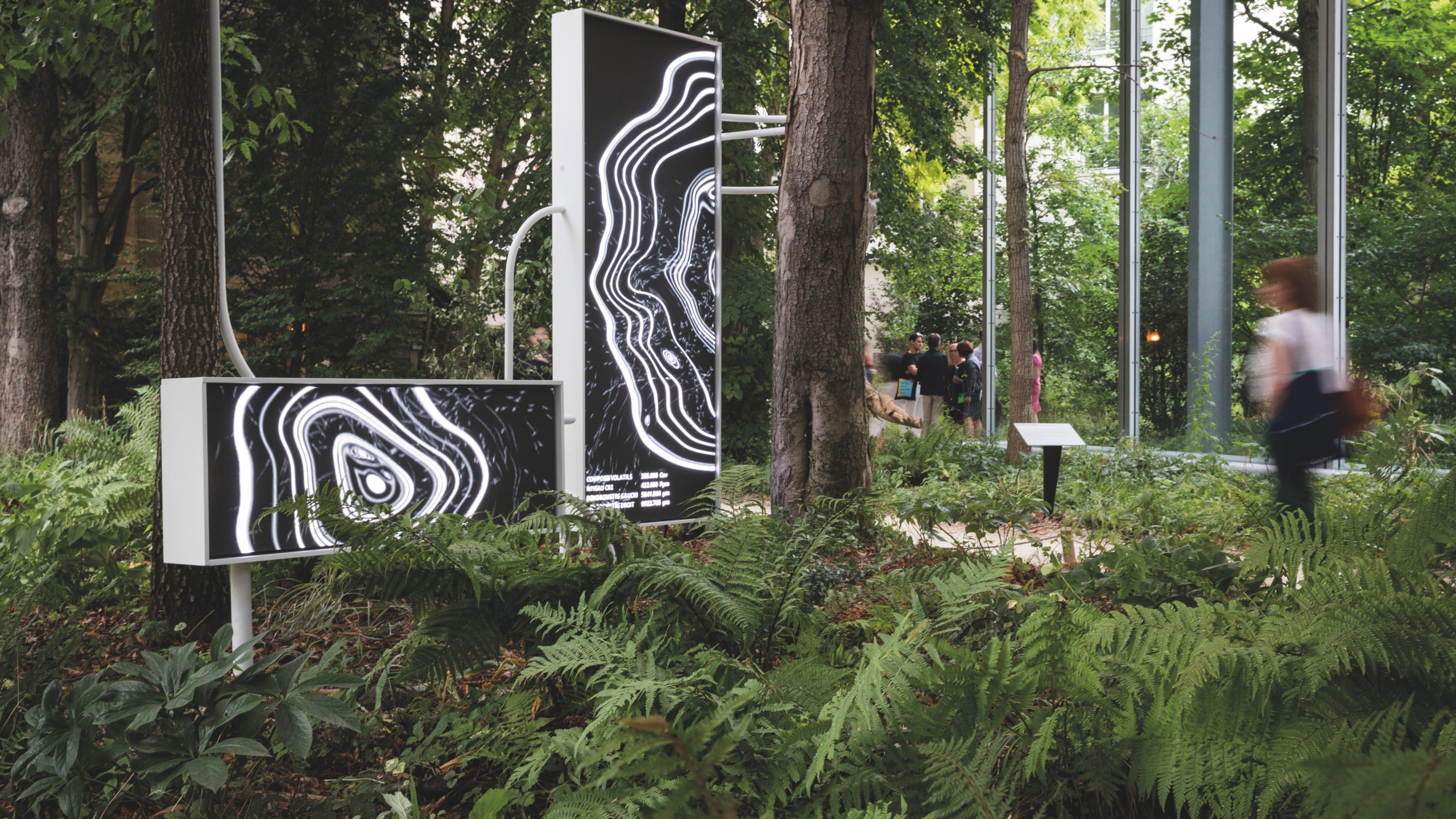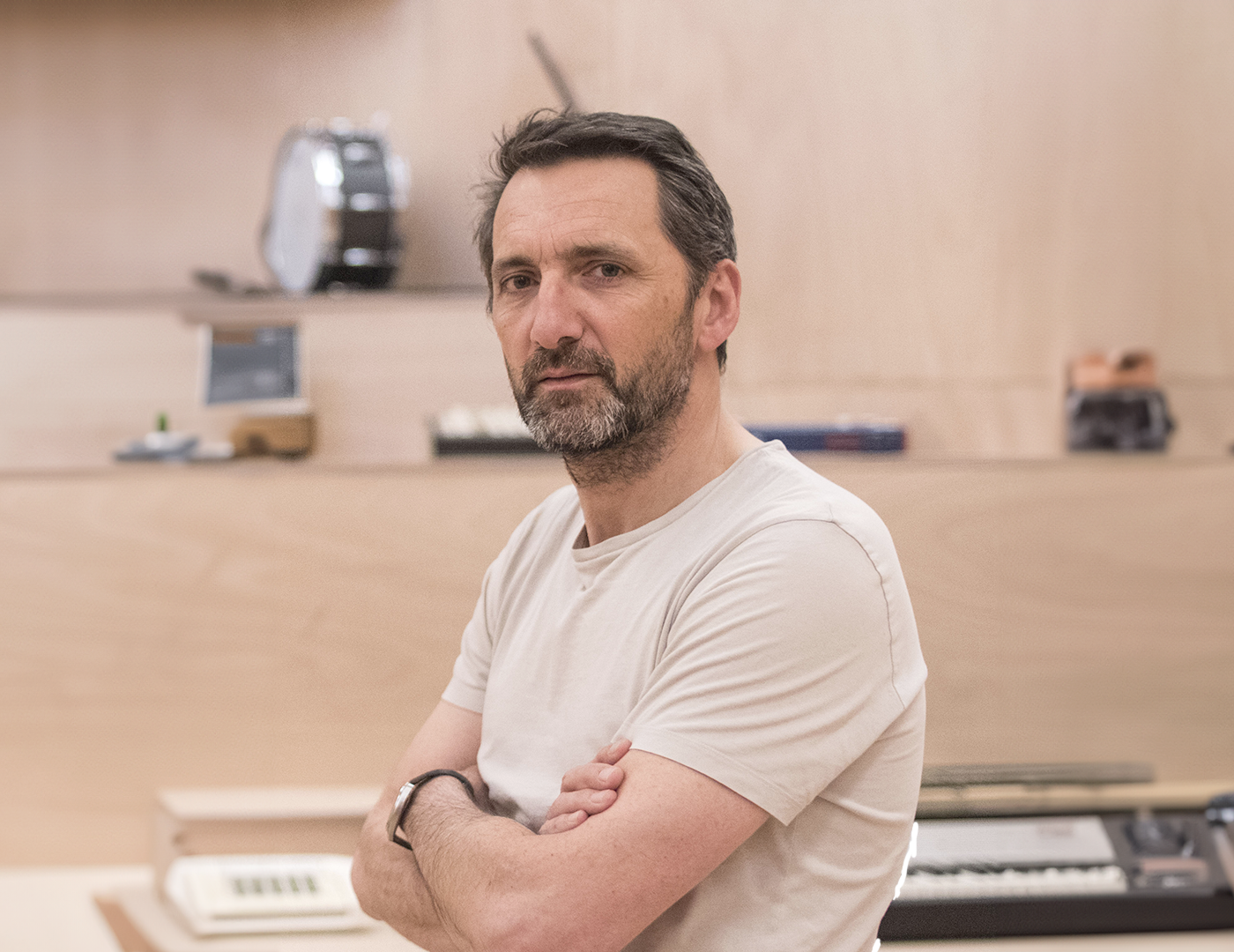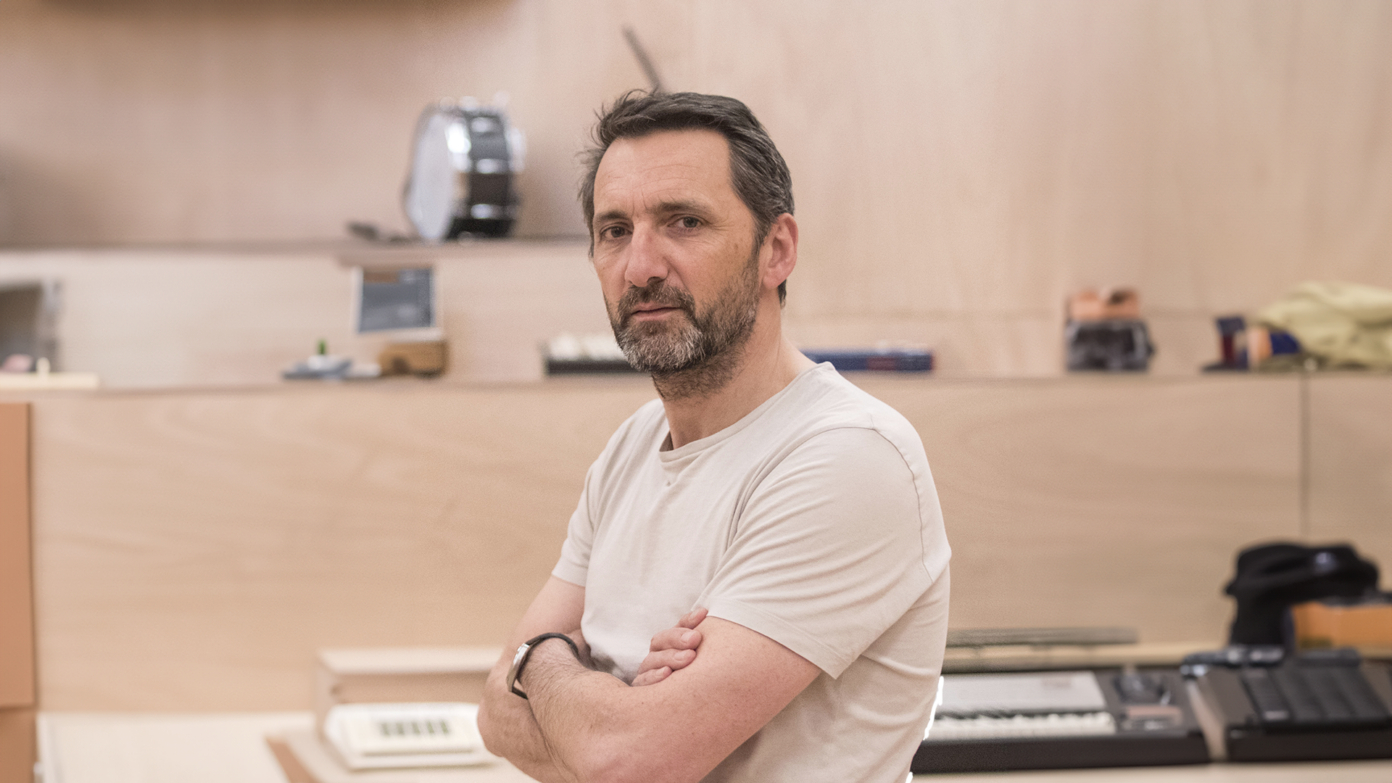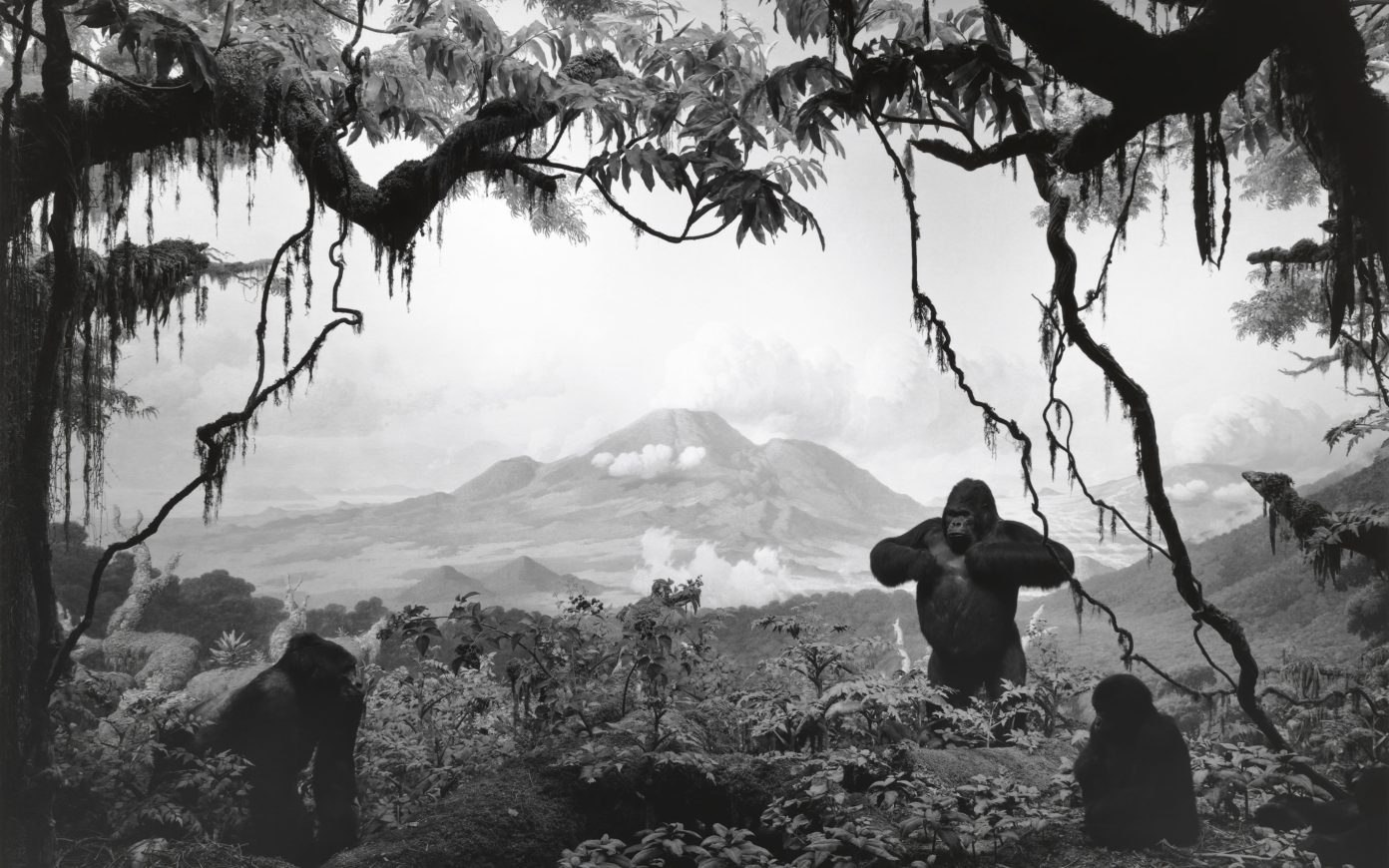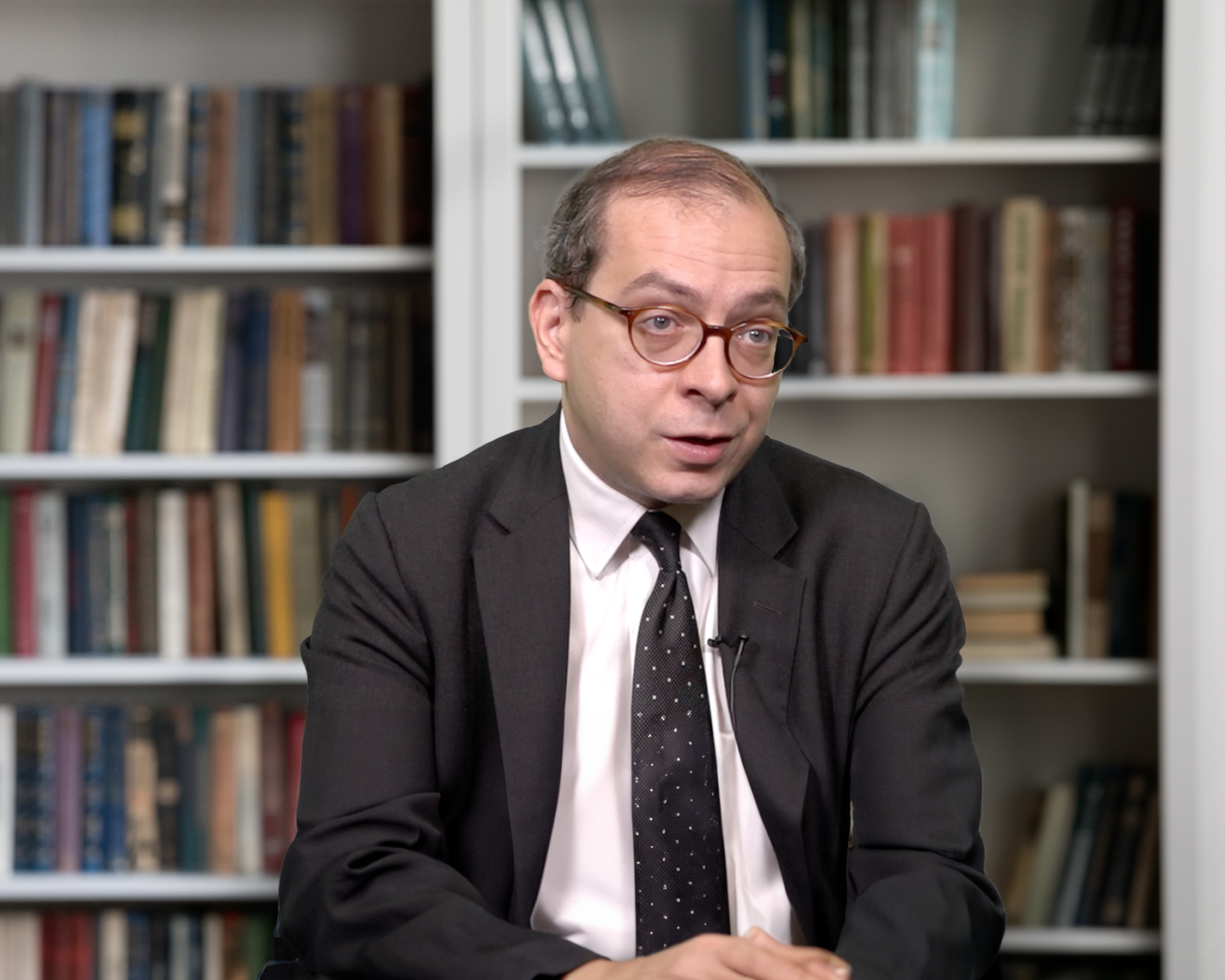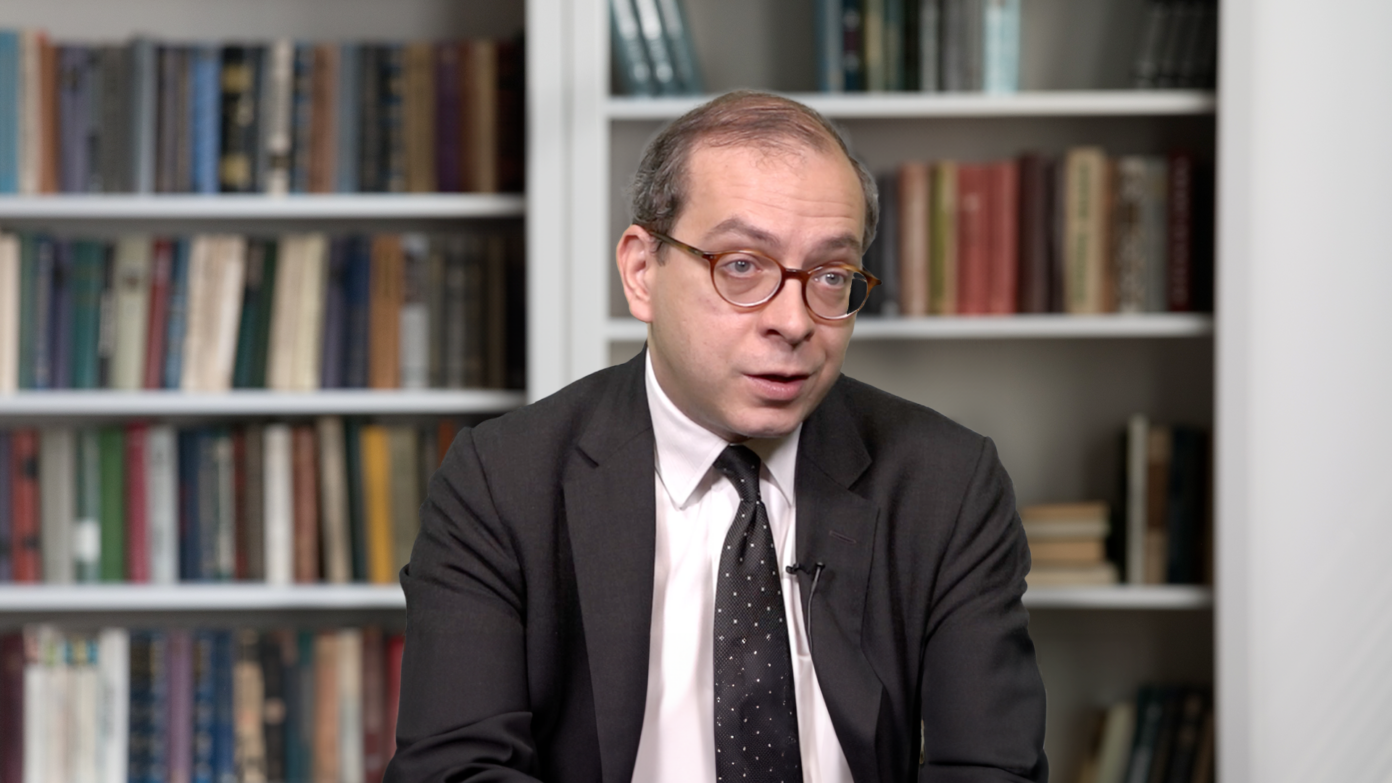You describe yourself as an environmental artist. Does that mean that you think that the ecological crisis has changed the role of artists?
Art has historically leant itself to reflecting what’s happening in society—in Nina Simone words, “An artist’s duty is to reflect the times” —so I am always surprised to see that climate change, environmental issues, and the ecological collapse—the big challenges of our time—are not the subject of more artistic work. That is true not only of plastic art, but also of literature and filmmaking. Too little is done for a subject this important. I don’t understand why it doesn’t get woven into more often. If the function of art is to reflect society, we’re doing a terrible job. This is what drove me as an artist to try to find my voice within these important issues, as, most of the time, like everybody else, when I read about it, I get frustrated. I think it’s my duty as an artist to make these complicated issues simple and accessible through my practice.
I choose the most hardcore subjects—the mundane ones that look boring, or those that people think they have heard everything about—and I start to work with scientists in order to see if I can find an interesting angle, or something that I’ve never heard before and that I think people should know about. In a way, it’s almost a mix of art, communications, and activism. What we as artists can do is to provide a new perspective, clarify, or put a futuristic angle on the important issues of today. We all should take more responsibility in taking on the subject, but also in how we make our work. We should consider the environmental impact of our work, while at the same time, engaging more with environmental issues.
